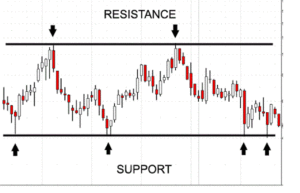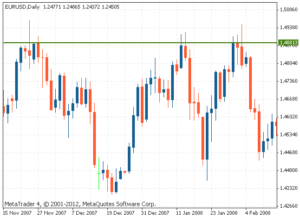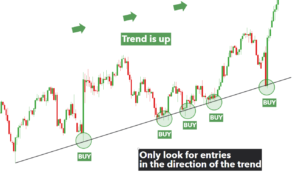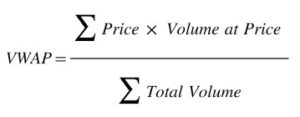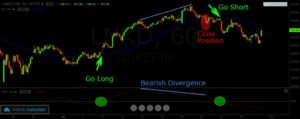The Moving Average Convergence Divergence (MACD) is a popular technical analysis tool used to identify potential buying and selling opportunities in financial markets, particularly in stocks, currencies, and commodities. MACD is a trend-following momentum indicator that helps traders and investors analyze price movements and signal potential trend reversals.
The MACD indicator consists of three main components:
1. MACD Line:
The MACD line is calculated by subtracting the 26-day exponential moving average (EMA) from the 12-day EMA. It represents the difference between short-term and long-term moving averages and reflects the momentum of the price movement.
2. Signal Line:
The signal line, also known as the trigger line, is a 9-day EMA of the MACD line. It acts as a smoothing line to generate trading signals. When the MACD line crosses above the signal line, it generates a bullish signal, indicating a potential buying opportunity. Conversely, when the MACD line crosses below the signal line, it generates a bearish signal, indicating a potential selling opportunity.
3. MACD Histogram:
The MACD histogram represents the difference between the MACD line and the signal line. It helps traders visualize the strength and direction of the price momentum. The histogram fluctuates above and below the zero line, with positive values indicating bullish momentum and negative values indicating bearish momentum.
Key aspects of MACD:
1. Trend Identification:
MACD helps identify the direction of the prevailing trend. When the MACD line is above the signal line and the histogram is positive, it suggests a bullish trend. Conversely, when the MACD line is below the signal line and the histogram is negative, it suggests a bearish trend.
2. Momentum Analysis:
MACD provides insights into the strength and momentum of price movements. The steepness and divergence of the MACD line and the histogram can indicate the intensity of buying or selling pressure.
3. Signal Generation:
Traders often use MACD crossovers as trading signals. A bullish signal occurs when the MACD line crosses above the signal line, indicating a potential buying opportunity. A bearish signal occurs when the MACD line crosses below the signal line, indicating a potential selling opportunity.
4. Divergence Analysis:
MACD divergence occurs when the price and the MACD indicator move in opposite directions. Bullish divergence happens when the price forms lower lows while the MACD indicator forms higher lows. Bearish divergence occurs when the price forms higher highs while the MACD indicator forms lower highs. Divergence can signal a potential trend reversal.
It’s important to note that MACD is just one tool among many used in technical analysis, and it should be used in conjunction with other indicators and analysis techniques to make well-informed trading decisions. Traders and investors should consider factors such as market conditions, volume, and other supporting indicators when interpreting MACD signals.
Also Read | What is fundamental analysis in Share Market





